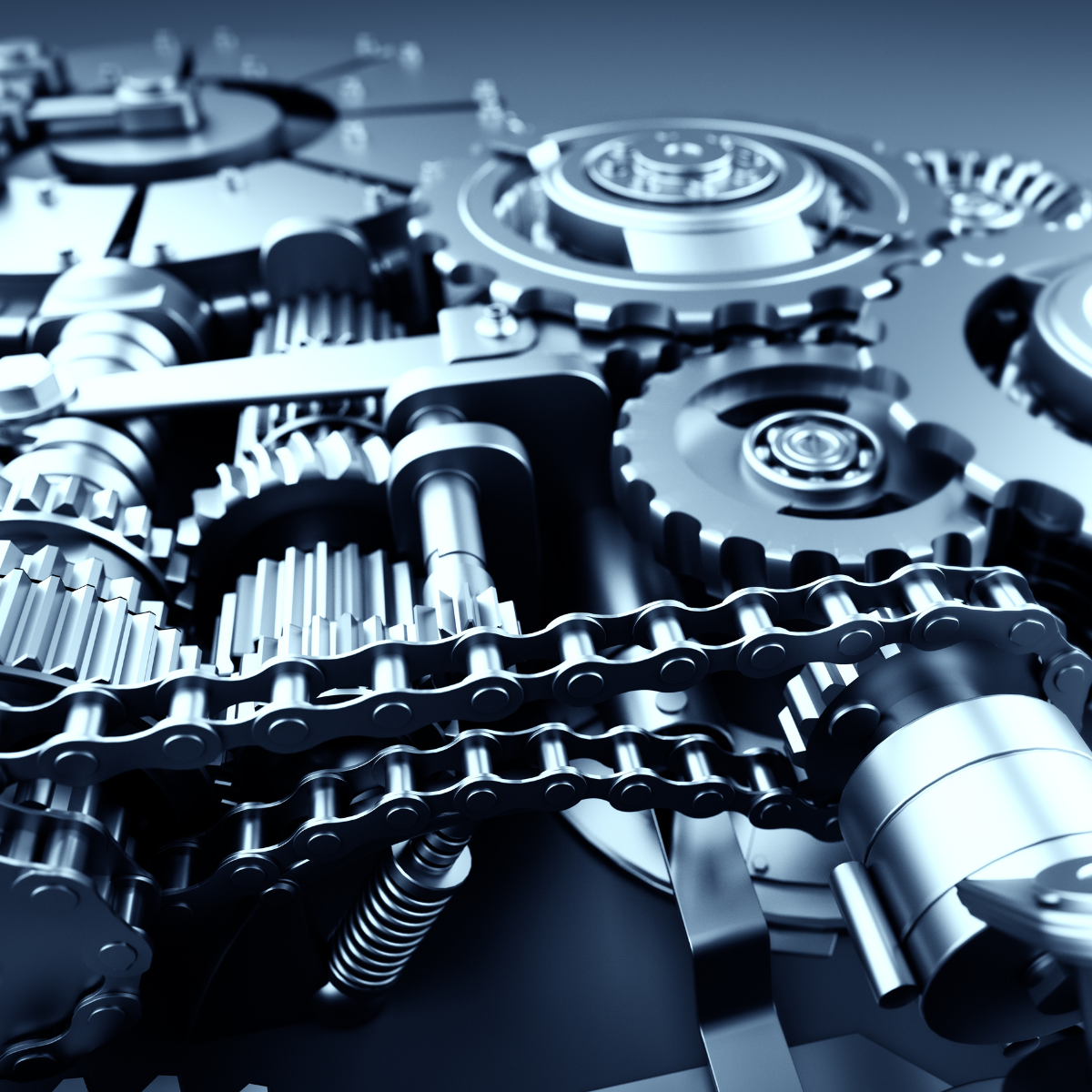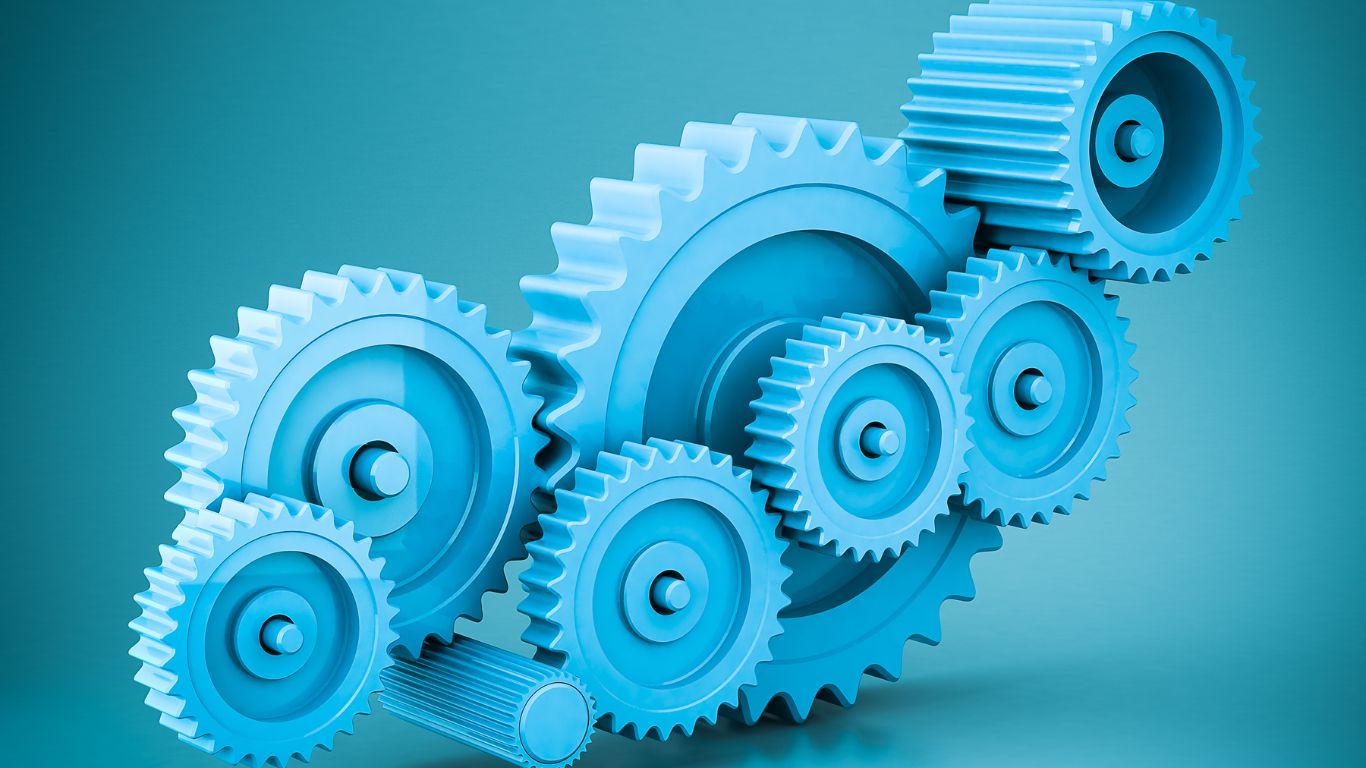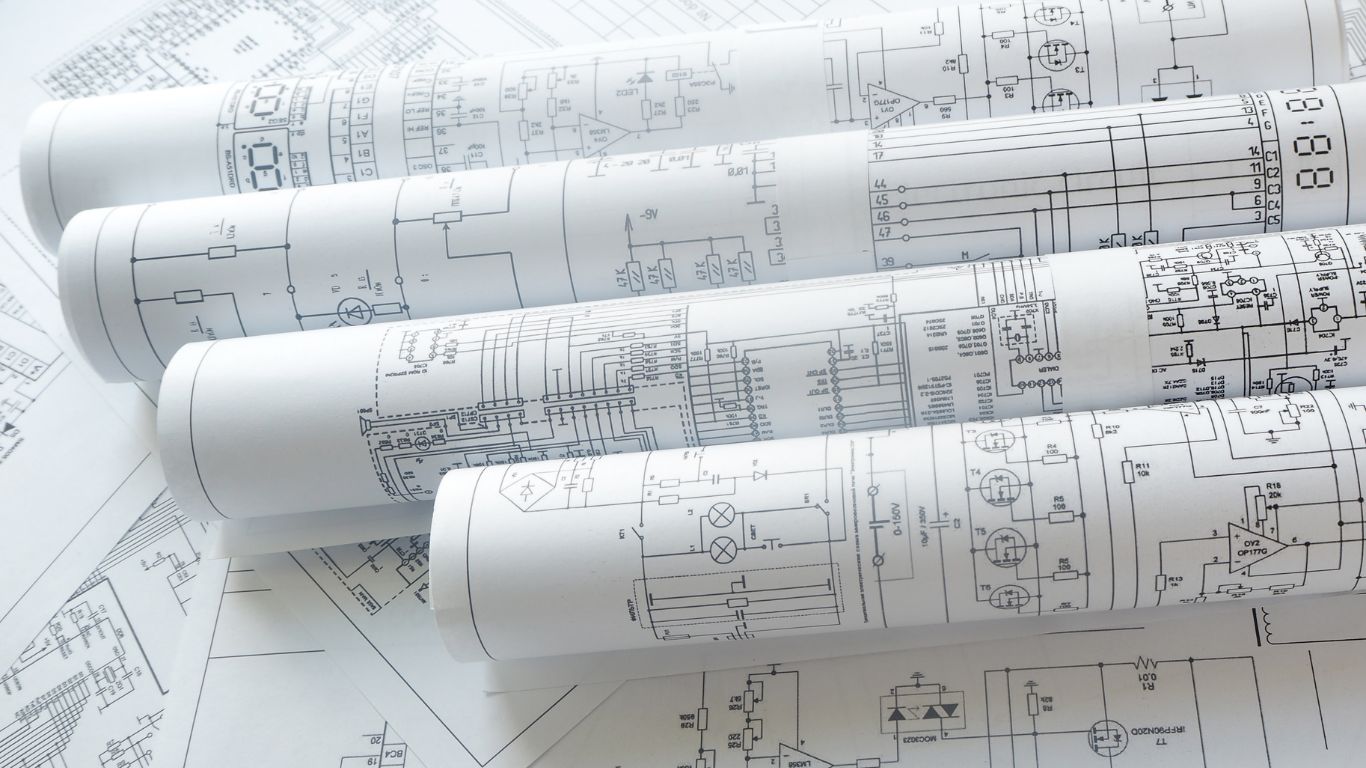Mastering 3D Design: Best Practices in Transforming 2D Drawings

In the ever-evolving landscape of mechanical engineering, the transition from traditional 2D drawings to dynamic 3D models stands as a transformative leap toward precision, innovation, and enhanced design capabilities. This comprehensive guide delves deeper into the nuanced best practices that engineers can employ to seamlessly convert 2D drawings into intricate 3D models, unlocking a world of possibilities for design, visualization, and manufacturing.
The Evolution of Design Paradigms
The journey from conventional 2D drawings to advanced 3D modeling signifies a paradigm shift in mechanical engineering. This evolution is not merely a technological progression but a strategic move that empowers engineers to create more accurate and holistic representations of their designs. By embracing this shift, teams foster enhanced collaboration and communication throughout the entire product development lifecycle.
Choosing the Right Software
Selecting the appropriate 3D modeling software is the cornerstone of successful design transformation. Industry-standard tools like SolidWorks, CATIA, and AutoCAD offer robust features for creating detailed and intricate 3D models. However, the key lies in assessing the specific needs of the project, considering team expertise, and making an informed decision that aligns with the project’s objectives.
Understanding Parametric Modeling
At the heart of efficient 3D design lies parametric modeling, a technique that enables engineers to establish relationships between different elements of the model. By defining parameters like dimensions and constraints, engineers gain the flexibility to make quick and dynamic adjustments, ensuring the adaptability of the design to evolving project requirements.
Integrating Design Intent
Capturing the design intent is essential for ensuring that the 3D model faithfully reflects the original concept. Translating the purpose, function, and specifications from the 2D drawings into the 3D space demands a meticulous approach. This integration not only preserves the essence of the design but also forms the foundation for an accurate and purposeful final product.
Leveraging Assembly Modeling
For complex mechanical systems, assembly modeling becomes indispensable. This involves creating an assembly of individual parts, simulating their interactions, and ensuring the seamless fit of components. Proper assembly modeling facilitates the identification of interferences and ensures a cohesive final product that meets design specifications.
Employing Feature-Based Modeling
Feature-based modeling streamlines the design process by breaking down the model into manageable features. These features, including extrusions, fillets, and chamfers, simplify the creation and modification of geometry. By efficiently building upon these features, engineers foster a more structured and organized design, ensuring clarity and coherence.
Implementing Iterative Design
Iterative design is a key element in refining 3D models. Engineers should embrace an iterative approach, where constant feedback and revisions lead to continuous improvements. This iterative method not only enhances the quality of the design but also allows for quick adaptation to changing project requirements, fostering agility and responsiveness.
Incorporating Simulation and Analysis
Integrating simulation and analysis tools into the 3D design process provides valuable insights into the performance of the final product. Engineers can assess factors such as stress, thermal behavior, and fluid dynamics, ensuring that the design not only meets but exceeds required standards and specifications.
Collaborative Workflows and Version Control
Efficient collaboration is fundamental in multidisciplinary engineering projects. Utilizing collaborative tools and establishing robust version control mechanisms prevent data inconsistencies and ensure that all team members are working with the latest iteration of the design. This collaborative synergy enhances team efficiency and productivity.
Addressing Manufacturing Considerations
A well-executed 3D design should seamlessly transition into the manufacturing phase. Engineers must consider factors such as material constraints, tolerances, and production methods during the design process. This holistic approach enhances the manufacturability of the designed components, reducing errors and optimizing the production process.
In the dynamic realm of mechanical engineering, mastering the art of transforming 2D drawings into sophisticated 3D models is a skill that distinguishes exceptional designers. By embracing the best practices outlined in this comprehensive guide, engineers can navigate the complexities of 3D design with finesse, bringing innovation and precision to every project.
Unlock the full potential of your designs by transitioning from 2D to 3D with RemoteTechHub. Our global team of experienced engineers is ready to transform your concepts into reality. Contact us today for a personalized consultation and witness your ideas come to life.




